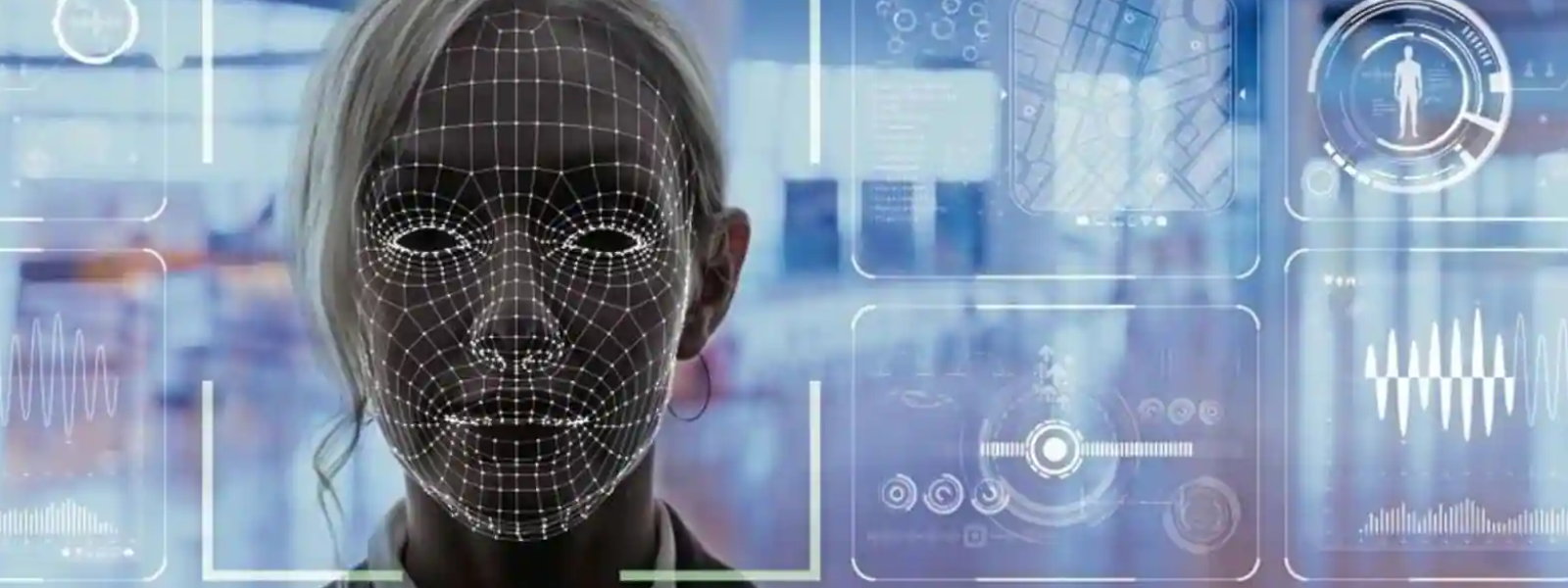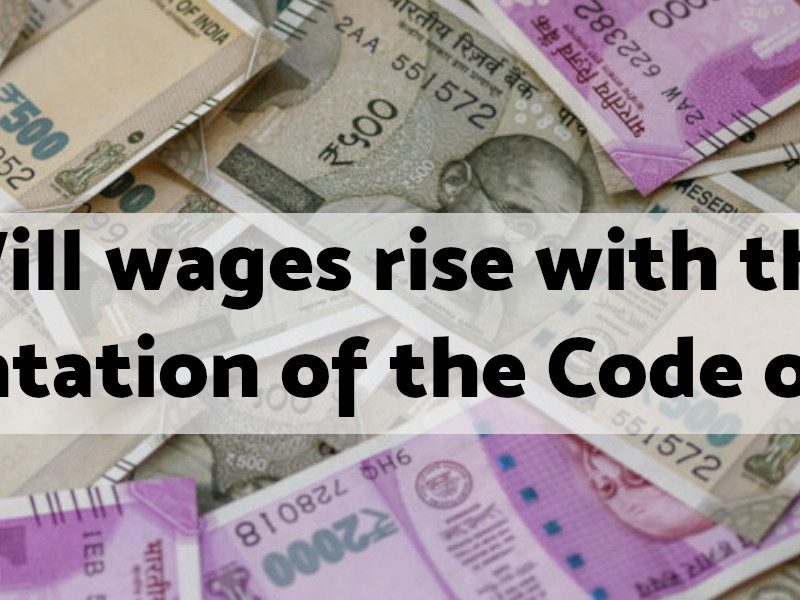Over the last 2 decades the term Artificial Intelligence or AI has increasingly become a part of our lives. It supposedly makes all our electronic goods smarter – from the watch we wear to the aircraft in the sky, all electronic things without a brain are learning from each other and becoming smarter! It is all around us and yet, most of us cannot put a finger on what it actually is or does.
But it has divided us in two extremely opposing groups: one which is trumpeting it as a marvel of human mind, imagining a future where humans would aspire to achieve perfection just like these machines; and the Second group that think that machines with their ‘logical’ brains will have no compassion, and can turn evil and ultimately be the reason for the demise of the human race. Both, however, agree that AI is self-propelled.

The problem of not understanding what AI is or does is not new and neither can it be blamed on individual ignorance. This division among people who can and can not understand the powers of AI is systemic. In 1973, much before many of what we know is AI powered, James Lighthill, who is known for his evaluation of the academic research in the field of AI, said that most papers on AI research is not just pretentious and jargon heavy but it is as if the author is hostile to all those people who want to understand it. Not surprisingly, not much has changed since then. The reason for this enigmatic veil is the simple fact: Artificial Intelligence does not exist. Thus, the myth of machines learning from each other also does not exist.
Why do we fear Computers?
The history of science research and development of computers has been intertwined with war and military agencies. In the initial days, the military agencies were the sole funders of computer science research. The tech giant IBM made its fortune by supplying machines to the Nazis which were used for marking Jews in the concentration camps. It also worked closely with Advanced Research Project Agency (ARPA) of US Department of Defence where the technical foundations of the internet was developed.
Profit, profit and more profit
Let us take the example of mobile telephony – it has brought several life-saving services to our fingertips. With every upgraded model, mobile phones bring new features to consumers which are aggressively promoted as necessities and incentivised by lowering prices and spending obscenely on advertisements pushing consumers to discard working phones to buy the newest version. This has led to increased use of plastic, depletion of rare mineral resources and an ever-increasing menace of e-waste. Not to mention the added surveillance and addictive dependence on these devices which is leading to more and more health problems.
It is not like these changes are happening without the knowledge of the programmers who are writing the code or the companies who profit from the sale of these products. There is a race to get people to buy more and more products while keeping them dependent on these services.
The trajectory of this ‘development’ of products is motivated by the idea of cultivating bumper profits. From the clothes we wear to the appliances we use, everything has a much shorter life today than it used to 10 years ago.

The biggest problem with this consumer behaviour is that we have only one liveable planet and it has limited resources. All products not only require resources from this planet to be produced, in most cases they also leave behind waste which does not decompose on its own and results in huge piles of waste on this same planet. Further, these seemingly ‘inexpensive’ products carry a massive cost – the human cost of labour. To increase production and avoid the human cost, companies try incessantly to replace humans by smart machines. This urge to replace humans has led to the race towards machine learning, the pinnacle of which is Artificial Intelligence.
How do machines actually learn?
The idea that machines are learning from each other is at best farcical. Machine learning presented as a work of complex computer codes which only computers or human wizards can understand is also not the reality. In fact, machine learning is dependent on hundreds of thousands of people feeding various kinds of data to the computer day after day, just trying to make it learn a simple thing. Machines need data to be fed by a human brain – the human operators – to learn.

Have you ever been asked to prove that you are human while using the internet? In such a case we are presented a simple puzzle or task to be completed so that the computer believes that we are human. A common example is marking all the traffic lights or cars or trucks in a picture. This is how the machine is fed information every day. Thousands of pictures, videos, map coordinates are fed to a computer by human beings in the most mundane and tiring form. These hidden centres where data is ‘harvested’ for consumption of computers are called data farms. In these farms, data is collected from us and used for other purposes, such as research or marketing.
Remember how awkward the voice commands used to be a decade ago. It did not change because the codes got better. It got better because the companies like Apple and Amazon recorded everything we said in the presence of their devices. Humans transcribed these recordings because machines failed to distinguish between different accents, pitch and tone of voice. Over the years these transcripts were entered into the machines with the audio. Similarly, for facial recognition to be precise crores and crores of pictures were marked by humans, typing out and marking the minutest of the details in an image.
This information is not collected on our devices. It is stored on what is called a cloud computer, which to a common person seems like something that is not physically present but, just like AI, something that is invisible. Once again, in reality, cloud computers are massive store rooms, stacked with hardware, which consume massive amount of electricity, and generate enormous amount of heat which in turn requires to be cooled to function. To cut cost of cooling these machines, companies have shifted to locations with lower temperatures. Microsoft has built a data centre completely underwater! These so called ‘innovations’ which are aimed at cost-cutting have severe affect the climate.

There is very little government intervention in this regard because there is little public action or demand for better regulation of businesses. Keeping the public in the dark therefore is in the interest of these profiteers.
Is there a way to STOP this abuse of the planet and its people?
The problem has been created and propagated by a handful of people feeding off the misery of a vast number of people.
Those who face the brunt of new technology have always been the first to resist its deployment – the workers. Workers across the world and across industries whether employed in factories, driving buses, trucks or taxis, delivering items and/or cleaning the premises have put up a strong fight against mechanisation and technology which is aimed only at maximising profit rather than ensuring a healthier and better workplace and/or work practices.

Communities across the world affected by this ruthless exploitation of the planet are continuously demanding a ‘Just Transition’ into a future where people’s needs prioritised over profits.
Companies across sectors and countries have spent fortunes to keep the two groups separate and often at conflict.
A just transition will only be possible when affected people come together and ensure accountability from businesses. A key element of this will have to be greater and more stringent government intervention to control what is produced and why in an economy.



